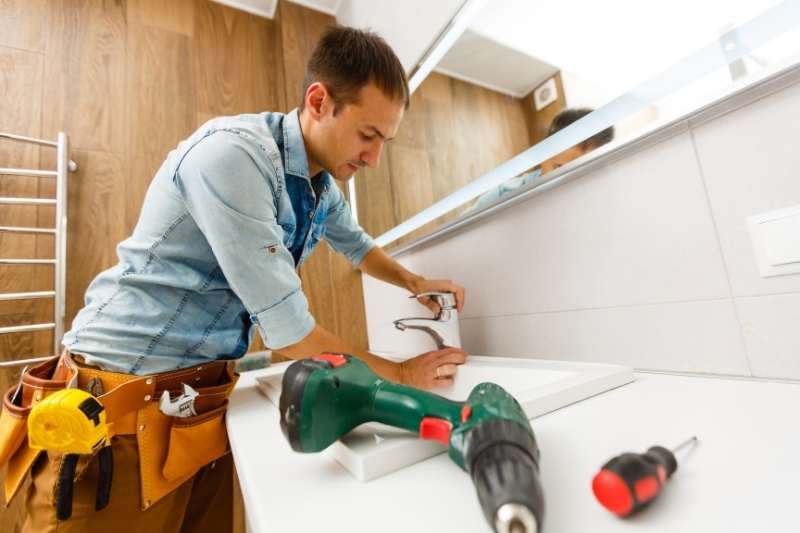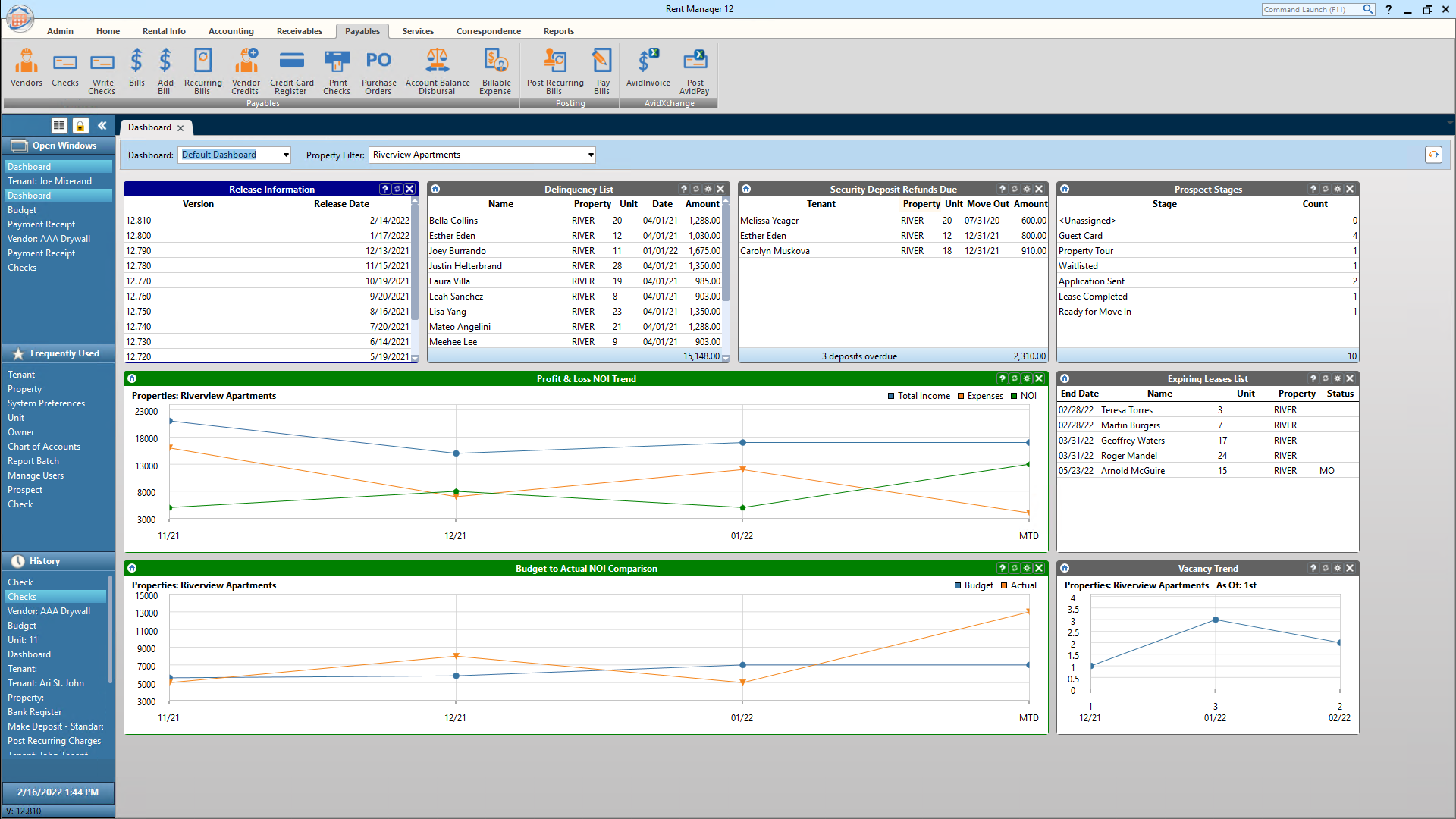
PMI Property Management is an all-service, locally-owned property management firm. The company offers professional services, including property management, tenant relations, collections and leasing fees, as well as effective advertising and marketing techniques. PMI boasts a reputation for being one of the best property management companies in America, managing more than 15 million assets.
Private Mortgage insurance is a type if insurance that protects the lender against defaults by the borrower on the loan. The monthly payment varies based on the type of loan. It will usually cost between 0.1 % and 2% of total loan amount. Consider a loan with lower interest rates or an alternative that's less costly than conventional mortgages with PMI if you don't have the funds.
You can avoid PMI by making a downpayment of at least 20% of the purchase price of your home. This amount is based off the current market price of the home. You automatically build equity when you make a deposit. You will also see an increase in home prices. You can then request the cancellation of your PMI policy if you have at least 20 percent equity.

The Internal Revenue Service permits you to deduct PMI from your taxes. But there are some limits to this deduction. It has been rescinded by the IRS for 2022. A tax deduction can still be claimed if your annual PMI payments are less that 10 percent of your adjusted income.
A house purchase with little or no down payment is risky. Your monthly payments could be more than the market value of the home, so you may end up owing much more than the house is worth. A private mortgage insurance policy is required by most lenders. It covers the lender in case you default on the loan.
Piggybacking is another option to PMI. Piggybacking is a way to split your loan into an 80/10/10. A first loan can cover 80%, while the second loans covers 10%.
A single-premium insurance policy is an alternative to PMI. Single-premium policies must be paid in full upon closing. You can combine the insurance costs into one payment if the loan balance is paid off.

Generally, the less you put down on a home, the more interest you will have to pay. There are many programs to assist you in paying down your down payment and getting a low interest home loan rate. These include grants, state and federal programs, and lender-offered loans. For more information about these programs, contact your bank or mortgage lender.
A home purchase with a high downpayment is a great opportunity to start building equity. It's important to remember that your down payment won't be as large if your home is refinanced after a few years. It might be more difficult to refinance if your home's value drops.
FAQ
What's the typical time taken to complete a DIY project like this?
A DIY project can take anywhere from 2 to 4 hours. The project's complexity and difficulty will impact the length.
Who will manage my handyman task?
If you are looking for someone local to perform a one-off job, like replacing a light fixture or fixing a leaky faucet, you won't find a better price than a professional handyman. If you need multiple jobs, such as repairing a roof or installing new floor tiles, you might consider using a handyman service.
Handyman Services can provide ongoing support for those in need, including maintenance.
What qualifications do I need to be a handyman?
You will need patience to be a handyman. A strong understanding of home maintenance and electrical systems are essential.
Many jobs are available to qualified workers. However, if they don't exist, you may not be eligible.
You might want to consider getting training from a school specializing in these courses.
Are there any requirements to be a handyman?
Most states don't require a license in order to be an independent contractor, as opposed to a salaried employee. However, there are some requirements you must fulfill:
-
At least 18 years of age
-
Have a high school diploma or GED.
-
A four-week course in a vocational school.
-
Check your background through the Department of Licensing.
-
To register for an annual subscription, pay $20
You will also need a workers' comp insurance and a business license.
Is it worth paying a handyman an hourly rate or per-project basis.
It really comes down to personal preference. Some prefer to pay per hour so they can see the actual cost of their handyman. Others prefer to pay for each completed project since they may have multiple jobs simultaneously. It doesn't matter which way you go, it works great.
Are handymen insured?
Yes! Yes. Insurance companies usually cover liability claims of up to $1,000,000 for bodily injury or property damage. This means that if something goes wrong during the course of the project, your insurance company will generally compensate you for the damages caused.
Statistics
- Another estimate was that the market in the United States was $126 billion and was increasing by about 4% annually. (en.wikipedia.org)
- “Before the pandemic, 40% of people asked how we could estimate a job when we weren't there,” Rose recalled. (inquirer.com)
- “Once the pandemic hit, that number fell to about 20%.” (inquirer.com)
- A franchise was approximately $110,000 with a franchise fee of $14,900, according to a spokesperson for a national handyman franchise. (en.wikipedia.org)
- More than 20% of homes in America have outdoor living spaces, including decks and patios. (mrhandyman.com)
External Links
How To
How to Replacing a Broken Tile
Step 1 – Remove the tiles.
Removing the tiles from your flooring is a good idea. These tiles should be kept intact in case you need them again. You can note the parts that are missing or damaged so that you can find replacements.
Step 2 -- Choose New Tiles
Look at these different options for replacing tiles.
-
You can find a tile replacement that is similar to the one you have just removed.
-
You can use the measurements taken when you removed the tile to locate a matching piece. This allows you to easily find the perfect size without needing to measure again.
-
You should look for different colors, patterns and textures.
-
If you have a preference for grout, consider what it would be best to use. Some people prefer solid color; others enjoy mixing it up.
-
Make sure the tile you select is resistant to moisture.
-
Make sure you consider where your tile will be placed. It can help you save money and time.
-
After you've selected your tile, place your order online or at your local Lowe's shop.
Step 3 - Place the tiles.
Install your tiles using the same method you used before. Make sure they are aligned correctly so that they fit together perfectly.
Step 4 - Clean up
Before putting down the final layer of protective material, clean up all the debris from the floor.
This will prevent dust and dirt from building up between the tiles.
Step 5 -- Sand the Floor
After you have cleaned everything, sand the floor to remove any particles that were left from the previous step.
Step 6 - Finish Off
Once the floor is smooth, apply the protective coatings. Wait until the floor is completely smooth before applying the protective coatings to the tiles. Wet paint could stain the tiles' surface.
You can always use a "damp and dry" product on your floors to protect them from staining.
It won't solve every problem after your tiles are installed. You might want to add an anti-slip coating to the protective layer if there are a lot of children.
Last but not least, be sure to leave the protective sealing on for several weeks before you return to your home.